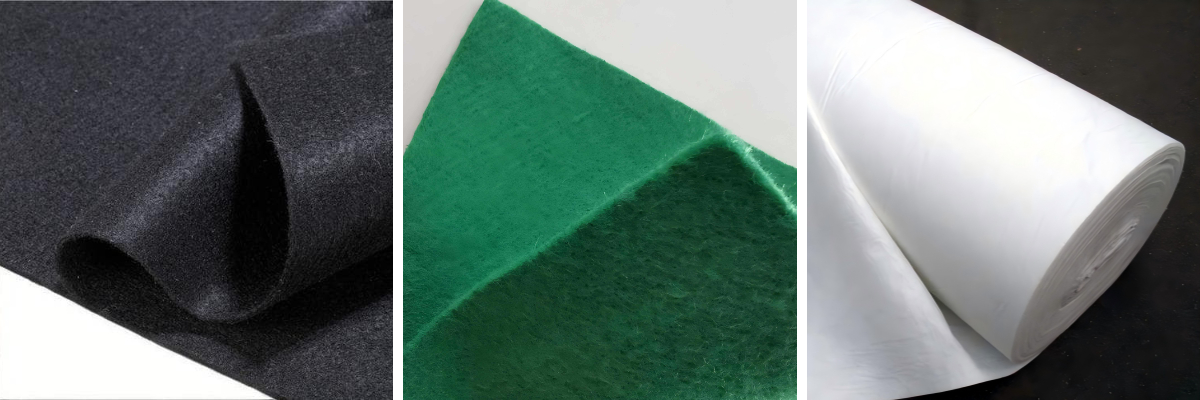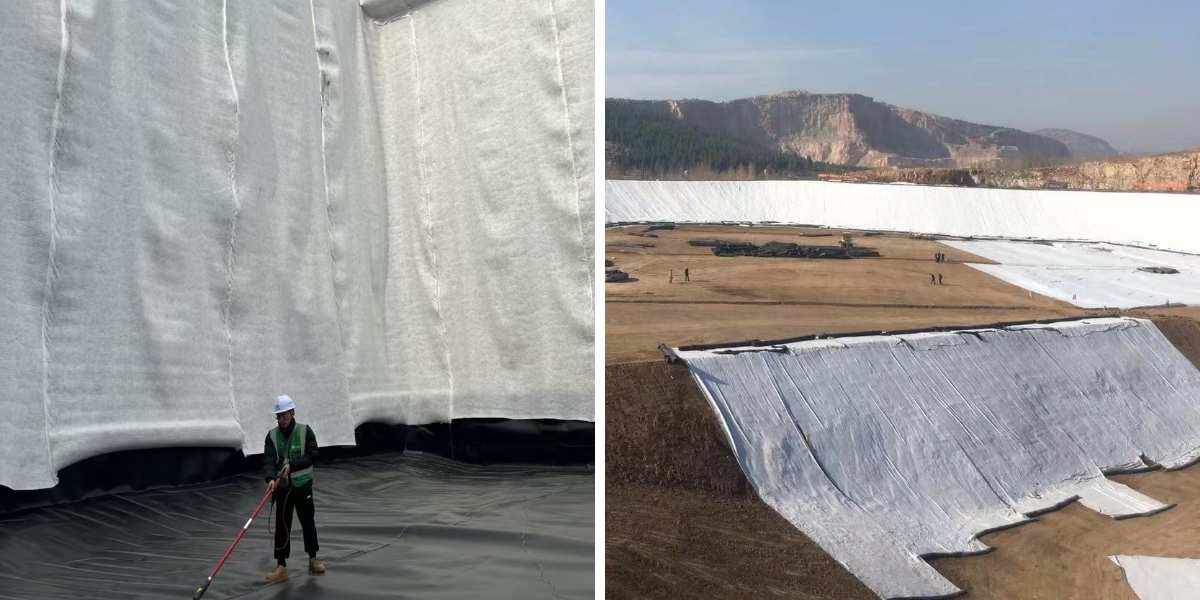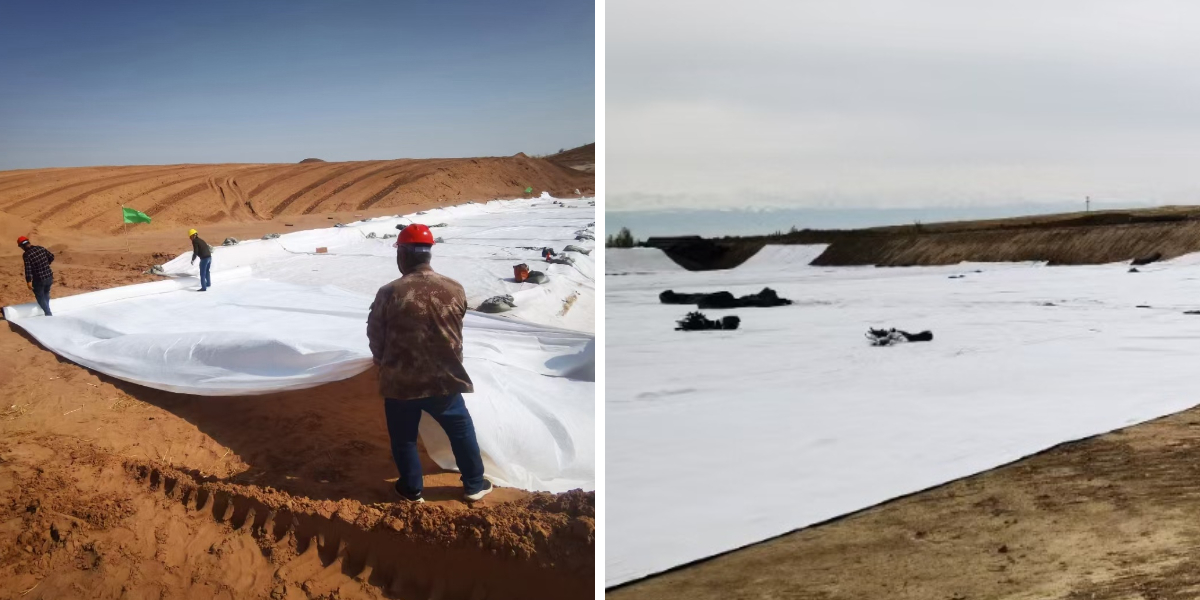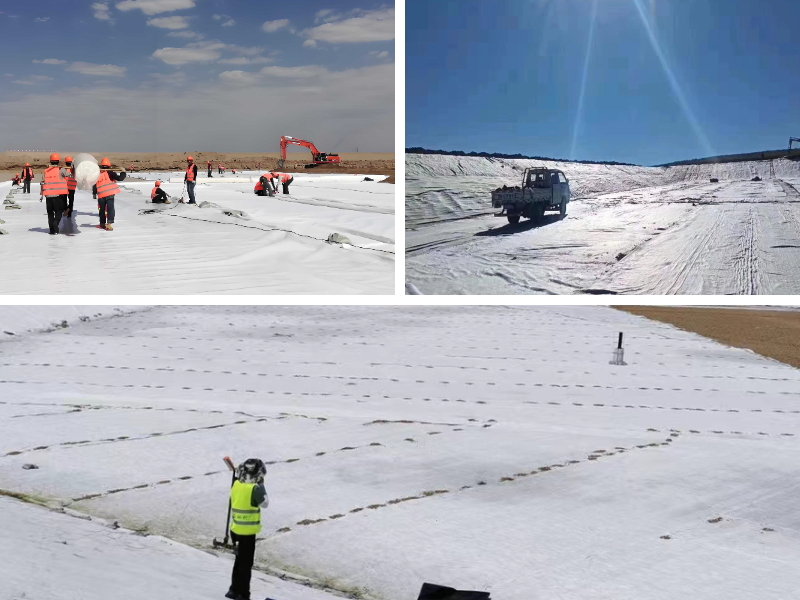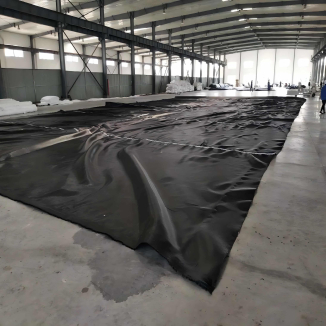Biodegradable Geotextiles: Specifications, Applications, and Environmental Impact
As sustainability will grow to be a cornerstone of construction, agriculture, and environmental projects, geotextile material has superior previous normal synthetic materials. Biodegradable geotextiles—made from natural, plant-based fibers—offer a eco-friendly desire to polypropylene or PET variants, addressing troubles about plastic waste and long-term environmental harm. These modern geo fabric material options furnish quick or semi-permanent overall performance while breaking down naturally over time, making them best for initiatives the vicinity minimal ecological footprint is key. This facts explores biodegradable geotextiles, defending their specifications, real-world applications, and high quality environmental impact. We’ll moreover region them internal the broader context of types of geotextiles, supporting you apprehend when and why to pick out this sustainable solution.
What Are Biodegradable Geotextiles, and How Do They Fit Among Types of Geotextiles?
Types of geotextiles are typically categorized via capability of material (synthetic or natural) and form (woven, non-woven, knitted). Biodegradable geotextiles fall beneath the natural fabric category, distinguishing them from synthetic preferences like PP or PET. Unlike synthetic geotextile cloth, which can persist in the surroundings for decades, biodegradable variants are made from renewable belongings such as jute, coir (coconut fiber), hemp, flax, or bamboo.
Their defining trait is managed biodegradation: they maintain structural integrity for a predetermined period (ranging from a few months to endless years) to fulfill their challenge purpose, then break down into herbal take note barring leaving dangerous residues. This makes them a “temporary reply with eternal environmental benefits,” filling a distinctive place of hobby amongst types of geotextiles for initiatives the vicinity long-term synthetic presence is undesirable.
Key Specifications of Biodegradable Geotextile Cloth
Biodegradable geo material material is engineered to meet particular typical overall performance necessities at the same time as making certain nicely timed degradation. These specs fluctuate through way of fiber sort alternatively typically focal factor on four quintessential areas:
1. Degradation Rate
The most quintessential specification is the degradation timeline, which is tailored to the project’s needs. For example, coir geotextiles degrade slowly (3–5 years), making them fantastic for long-term quick erosion control. Jute geotextiles smash down faster (6–12 months), nice for non permanent features like seed germination support. Manufacturers adjust degradation costs through fiber processing (e.g., retting techniques for jute) or natural additives, making positive the geotextile cloth aspects prolonged enough to complete its supposed function previously than decomposing.
2. Tensile Strength and Durability
While biodegradable geotextiles are no longer as sturdy as synthetic counterparts, they although supply adequate tensile electrical energy for their targeted uses. Coir, for instance, has natural sturdiness and resistance to abrasion, making it fantastic for slope stabilization. Jute, even though weaker, affords sufficient electricity for light-duty functions like mulching or quick drainage. The geo fabric material’s structure—whether woven (for increased strength) or non-woven (for greater filtration)—also influences durability, with woven variations offering large resistance to tearing at some point of installation.
3. Porosity and Water Permeability
Biodegradable geotextile fabric is particularly porous, enabling water, air, and nutritional vitamins to penetrate easily. This is a key advantage over some synthetic geotextiles, as it promotes soil health and vegetation growth. Non-woven coir or jute geotextiles, in particular, have a free fiber form that filters water even as preserving soil particles—making them exquisite for erosion manipulate and sediment management.
4. Environmental Compatibility
All biodegradable geotextiles are examined for environmental safety, making positive they do no longer leach toxic chemical compounds for the period of degradation. They are moreover properly applicable with herbal farming and eco-sensitive projects, as they smash down into humus that enriches the soil. Unlike synthetic varieties of geotextiles, which may additionally moreover require removal and disposal, biodegradable options cast off waste and reduce project cleanup costs.
Applications of Biodegradable Geotextiles Across Industries
Biodegradable geo fabric cloth is versatile, discovering use in duties the location sustainability and quick overall performance align. Here are its most familiar applications:
1. Erosion Control and Slope Stabilization
For constructing sites, motorway embankments, or riverbanks, coir or jute geotextile cloth is used to stop soil erosion. Woven coir geotextiles, with their gradual degradation rate, furnish long-term information while vegetation establishes. They entice soil particles, gradual water runoff, and allow roots to advance by using the fabric—creating a natural, self-sustaining erosion manipulate system. This is particularly treasured in eco-sensitive areas the area synthetic elements ought to disrupt local ecosystems.
2. Agriculture and Horticulture
In farming, biodegradable geotextiles act as mulch, weed barriers, and seed blankets. Non-woven jute geotextiles proceed moisture, suppress weeds, and defend seeds from birds and wind—reducing the choose for chemical herbicides. As they degrade, they add natural rely to the soil, bettering fertility. They are moreover used in herbal farming, the vicinity synthetic sorts of geotextiles are often prohibited.
3. Landscaping and Restoration
For landscaping duties or ecological restoration (e.g., reforestation, wetland recovery), biodegradable geotextile cloth helps soil structure while native flora grow. Coir geotextiles are fantastic for wetland restoration, as they face up to waterlogging and furnish a impervious base for aquatic vegetation. They moreover combination seamlessly into natural environments, warding off the seen have an have an effect on on of synthetic materials.
4. Temporary Drainage and Filtration
In non everlasting improvement projects, biodegradable geotextiles are used for transient drainage and filtration. Non-woven jute or hemp geotextiles filter sediment from runoff water, stopping clogging of drainage systems. Once the project is complete, they degrade naturally, casting off the prefer for removal.
Environmental Impact: Why Biodegradable Geotextiles Are a Sustainable Choice
Compared to synthetic types of geotextiles, biodegradable options supply large environmental benefits:
1. Reduced Plastic Waste
Synthetic geotextiles make contributions to plastic pollution, as they many times stop up in landfills or the environment after use. Biodegradable geo cloth fabric breaks down completely, leaving no trace—addressing the creating situation of plastic waste in constructing and agriculture.
2. Renewable Resource Use
Biodegradable geotextiles are made from renewable plant fibers (jute, coir, hemp), which are grown barring depleting non-renewable resources. This reduces reliance on petroleum-based synthetic materials, decreasing carbon emissions associated with production.
3. Soil Health Improvement
As biodegradable geotextiles decompose, they add herbal count to the soil, improving its structure, water retention, and nutrient content. This enhances plant make bigger and helps long-term soil health, in distinction to synthetic components that can compact soil or inhibit microbial activity.
4. Ecosystem Preservation
In eco-sensitive areas (e.g., usa extensive parks, coastal zones), biodegradable geotextile cloth avoids disrupting local vegetation and fauna. Synthetic geotextiles can harm herbal world (e.g., entanglement) or alter habitats, even as biodegradable options mix naturally into the environment.
Conclusion: The Future of Sustainable Geotextiles
Biodegradable geotextiles signify a sizeable step in advance in sustainable improvement and environmental management. As a exceptional classification amongst sorts of geotextiles, they furnish a steadiness of overall performance and eco-friendliness, making them ideal for transient initiatives and eco-sensitive areas. Their specifications—tailored degradation rates, sufficient strength, and porosity—ensure they meet challenge needs even as minimizing environmental impact.
Whether used for erosion control, agriculture, or landscaping, biodegradable geo fabric material proves that sustainability and universal overall performance can go hand in hand. As demand for eco-friendly improvement materials grows, these geotextiles are poised to flip out to be a staple in duties worldwide—reducing waste, keeping ecosystems, and developing a larger sustainable future. When choosing geotextile fabric for your subsequent project, replicate onconsideration on biodegradable options: they’re no longer really a short solution, on the other hand an funding in the planet.
Contact Us
Company Name: Shandong Chuangwei New Materials Co., LTD
Contact Person :Jaden Sylvan
Contact Number :+86 19305485668
WhatsApp:+86 19305485668
Enterprise Email: cggeosynthetics@gmail.com
Enterprise Address: Entrepreneurship Park, Dayue District, Tai 'an City,
Shandong Province


